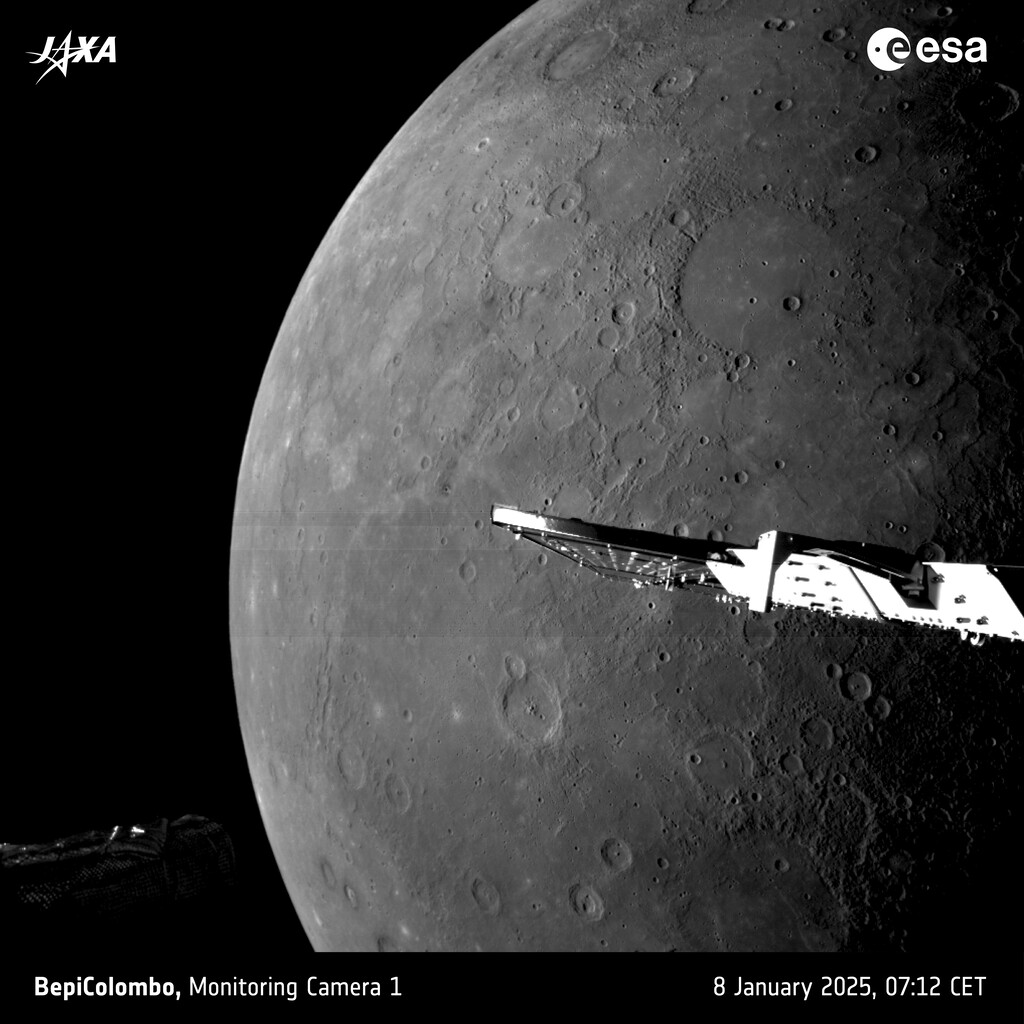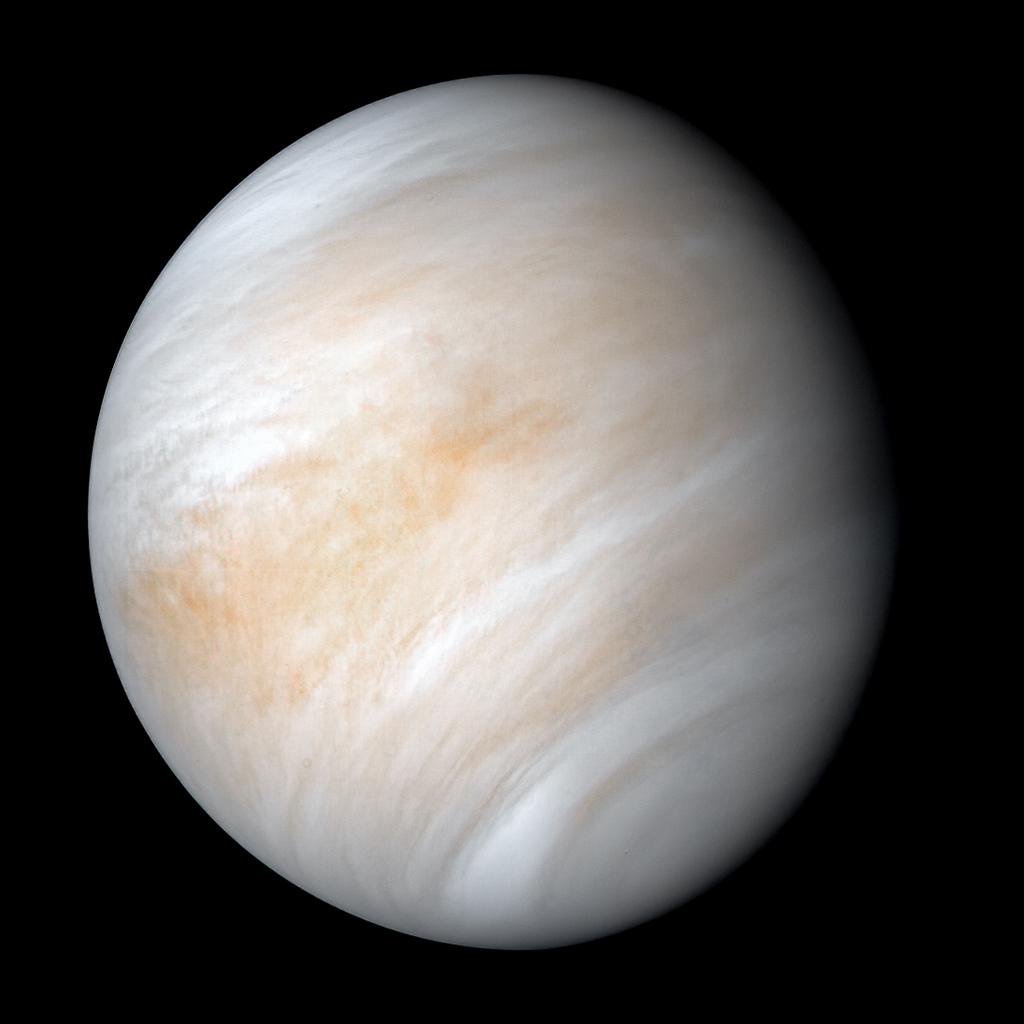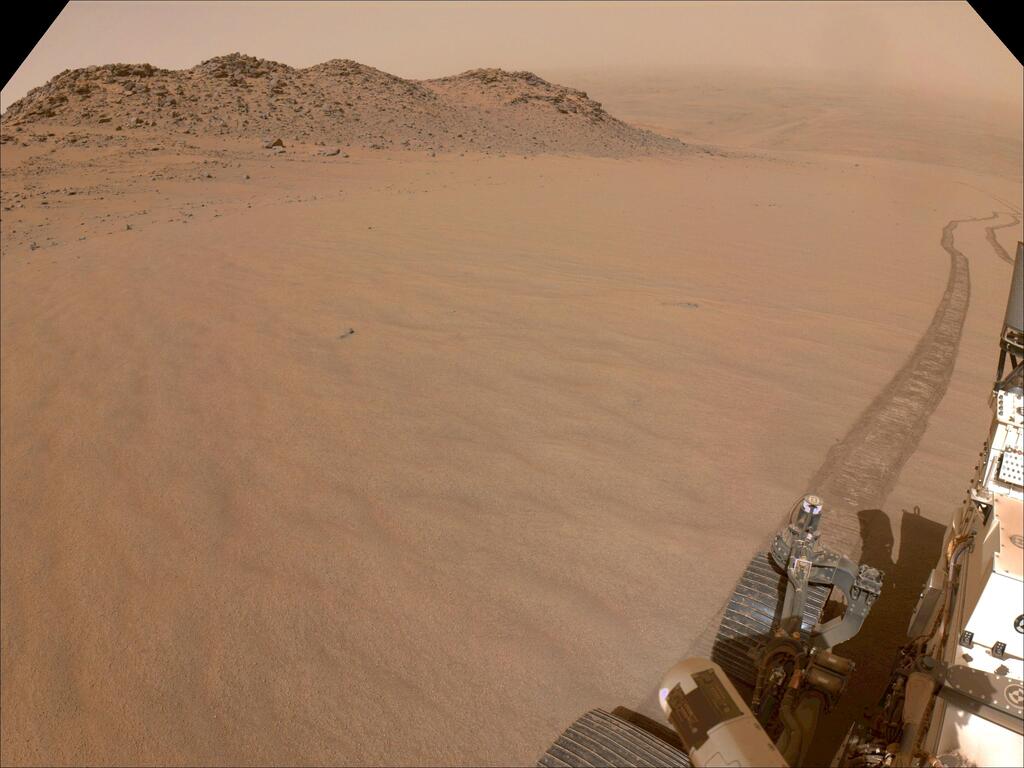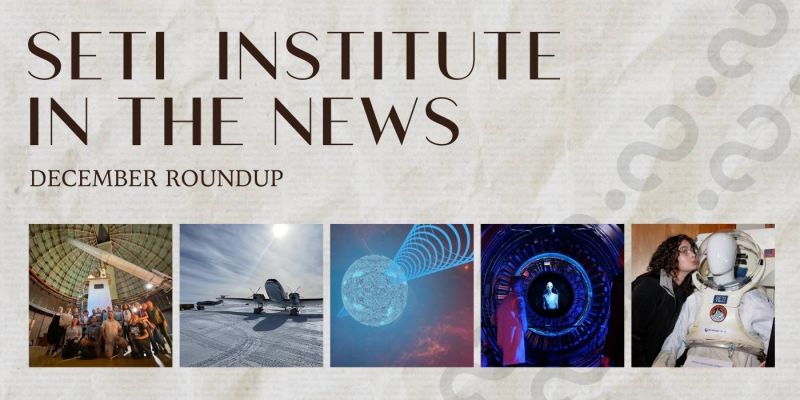
Planetary Picture of the Day
Week of January 13, 2025
We focus on the inner solar system this week, with images of Mercury, Venus, Earth, and Mars from a variety of spacecraft and missions.
Monday, 13 January 2025

Earth from Juno
This spectacular view of Earth was made from images captured by NASA’s Juno spacecraft from about 4000 km away during a flyby on October 9, 2013. South America is filling the picture; Antarctica is at the bottom.
Tuesday, 14 January 2025

Mercury's Sunlit North
This is one of a series of images taken by the ESA/JAXA BepiColombo mission on 8 January 2025 as the spacecraft sped by for its sixth and final gravity assist maneuver at the planet. After flying over the planet's north pole, the spacecraft had clear views of Mercury's sunlit northern hemisphere.
The image shows that large regions of Mercury's heavily cratered surface are smoothed over by lava from volcanic eruptions.
This smoothing over is visible inside the 290 km-wide crater at the right of the image, called Mendelssohn. While its outer rim is still visible, it has been largely filled by the same smooth material that makes up the surrounding plains. Smaller, more recent impact craters dot the otherwise smooth crater.
Wednesday, 15 January 2025

Venus from Mariner 10
As it sped away from Venus, NASA's Mariner 10 spacecraft captured this seemingly peaceful view of a planet the size of Earth, wrapped in a dense, global cloud layer. But contrary to its serene appearance, Venus's clouded globe is a world of intense heat, crushing atmospheric pressure, and clouds of corrosive acid.
This view is a false-color composite created by combining images taken using orange and ultraviolet spectral filters on the spacecraft's imaging camera. These filters were used for the red and blue channels of the color image, respectively, and the green channel was synthesized by combining the other two images.
Flying past Venus en route to the first-ever flyby of Mercury, Mariner 10 became the first spacecraft to use a gravity assist to change its flight path in order to reach another planet. The images used to create this view were acquired by Mariner 10 on Feb. 7 and 8, 1974, a couple of days after the spacecraft's closest approach to Venus on Feb. 5.
Thursday, 16 January 2025

Los Angeles Fires Seen from International Space Station
On Jan. 10, 2025, NASA astronaut Don Pettit posted this image of the Los Angeles fires from the International Space Station. In early January 2025, multiple destructive fires broke out in the hills of Los Angeles County, fueled by a dry landscape and winds that gusted up to 100 miles per hour. The view is from north of San Francisco, looking southward towards LA and San Diego.
Friday, 17 January 2025

Perseverance Views Slippery Terrain
NASA's Perseverance Mars rover used its navigation cameras, or navcams, to capture this scene while driving up to Jezero Crater's rim on November 11, 2024, the mission's 1,326th Martian day, or sol. The sandy terrain and 10-degree average slope made the drive slippery.
Rover tracks trail off behind Perseverance in this image. Far in the distance is the floor of Jezero Crater.





